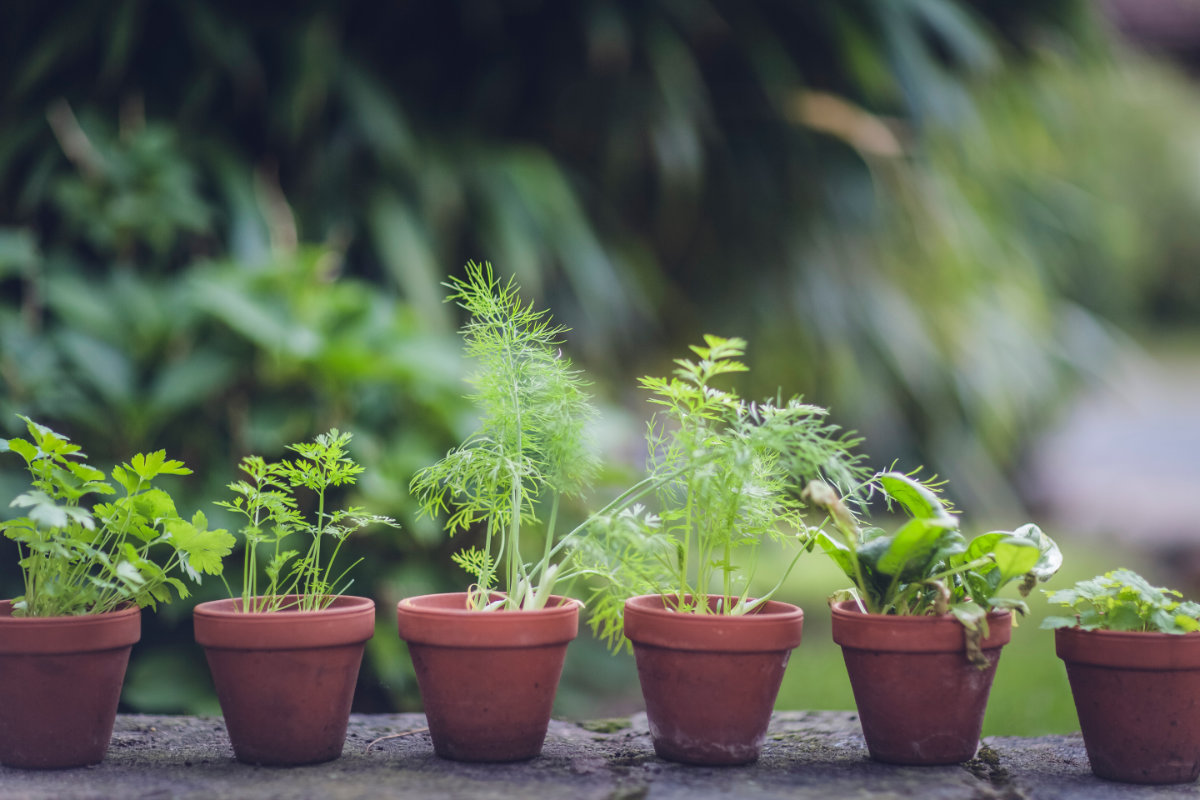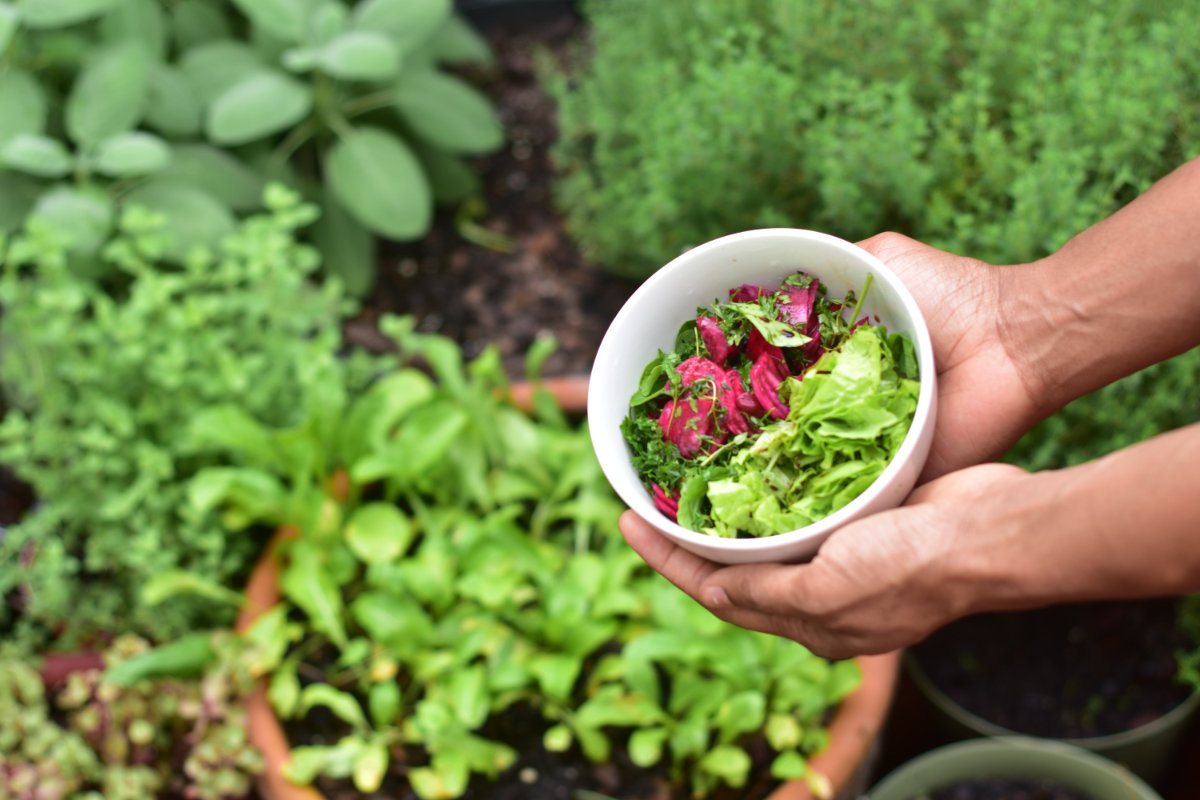How To: Grow Ginseng


Growing ginseng is not as difficult as you might think. If you start with good seed or rootlets and have patience and tolerance, you can grow a great crop… in ten years! There are sources which tell you that you can grow a crop in 4-7 years and this is true if you plan to grow in beds and tend the plants. But you will expend a lot of effort for not much return unless you can devote many acres to this project. You will also find it very hard to stay organic with this method. Growers who grow this way use a lot of fungicides during the growing years. I don’t know about you, but that is not something I would want to put in my tea or medicine. The value of ginseng cultivated in this way is fairly low, but the value of wild and “wild-simulated” ginseng is high and will likely remain high for the rest of our lifetimes. That is because the Chinese prefer wild ginseng, which is in short supply. The Chinese buy most of the ginseng harvested in this country. Your local buyers will sell the roots they’ve collected themselves and bought from others to an exporter who will then sell it to the Chinese importers.
“Wild-simulated” ginseng is very similar to wild, in fact, many dealers cannot even tell the difference. (“Wild-simulated” is also referred to as “virtually-wild” in literature.) The reason they are so similar is because the plant is allowed to live in the same environment as it would were it wild. “Wild-simulated” growers do not pamper the crop and we must sometimes watch nature take its course even when it is not in our pocket-book’s best interest. However, the payback is sweet if you can hold off harvesting for 10 or even more years. I consider it to be a form of investment. The initial cost can be high if you are going to plant a lot at once, but I plant only a couple hundred dollars of seed each year and expect to begin harvesting 10 years later with hopefully several thousand dollars worth of roots on that 10th year and each year thereafter. Once your plants are bearing seeds, it is a self-perpetuating investment and the labor involved in keeping it going is minimal. If you like being in the deep woods, getting close to the ground, that is. I spend all day during planting season in the woods, alone, with a camera and a notebook. My woods are very isolated and rural, so it is a very peaceful experience for me and I look forward to it all year long. And if I am planting lots of seeds that year, I get to do this every weekend off! Of course, no amount of promise would be worth it if I hated being in the woods or were scared of snakes and other wildlife.
Harvest of “wild-simulated” roots is a fairly labor intensive kind of work, though, because each root must be hand dug. However, the difference in return on planting “cultivated” ginseng versus “wild-simulated” ginseng will be hundreds of dollars per pound of root. Cultivated sometimes brings as low as $20/lb, but “wild-simulated” will rarely fetch under $200/lb. It’s a big enough difference to be my deciding factor! I strongly believe the “wild-simulated” and organic method is best, therefore it is the only method I will describe here in these instructions. Besides, cultivated is fairly easy to figure out if you have the shade and the seeds, you just plant as you would any other crop. All of the other information provided here will be the same except recommended spacing. Growing Requirements
Ginseng needs a fairly tall shade. This means old trees that put the leaf canopy far overhead. If you don’t have that and you still are determined to grow “wild-simulated” ginseng you will want to plant the trees as well as put up shade structures and maybe join a prayer circle to give your plants the best start in life. It would be very difficult, if not impossible, to grow it with no existing trees to begin with at all. You can grow the “cultivated” variety like this, but initial cost outlay can be pretty expensive. “Wild-simulated” ginseng likes 70-80% shade, winter temps below freezing, and certain other plant friends in the vicinity. If you have a site where Christmas fern grows, it is probably good. In my favorite site these are the plants that live there: Christmas fern, spicebush, black cohosh, maidenhair fern, wild ginger, goldenseal, and false-solomon seal. The trees are hickory, red oak, tulip poplar, maple, dogwood, beech and pawpaw. Of course, I live in NW Arkansas and the trees that like this kind of spot here might be different than the ones who like your area best for ginseng. But it seems that the same companion plants that grow low to the ground with them are pretty similar all around. Others that I don’t have but may be there would be Jack-in-the-pulpit, trillium, lady’s slipper, rattlesnake fern, and other plants that like the deep woods. Where my ginseng likes to grow there is also a lot of poison ivy and Virginia creeper. These two items are the only thing I will pull from a planting area initially when I plant the seed. It will return, but I don’t want to have to mingle so closely with the poison ivy while I’m planting! There is also a different feel to the woods where ginseng likes to grow. You will be able to recognize it instantly once you feel it the first time. When I’m walking down the path to my patch in the middle of summer when it’s really hot, I can tell when I’ve entered the ginseng zone because it is instantly cooler and the shade is deeper and it just feels different.
Okay, aside from location there are a couple other things. Your soil pH should be on the low side, around 5.5 is good, and the calcium levels should be high (~4000 lb/ac) for the best results. If your soil pH and calcium levels are not ideal, but your companion plants and trees are present, I wouldn’t let that stop you from trying. The soil at least needs to have good drainage and it should be moist beneath the leaf litter, not bone dry. The soil where my patch is located is sandy loam and it is very easy to dig into, although there are a lot of rocks which do get in the way. The leaf litter is sometimes very thick.
Air circulation is critical and that’s why the tall shade is called for and underbrush should be minimal. Without good air flow, it will get hot and stuffy near the ground and fungus will thrive and ginseng will suffer. The air circulation is also best on sloped ground. In the Ozarks, it seems the ginseng likes to be on the lower part of the mountains, on the second and third “benches” from the bottom of the hill. It’s perfectly happy growing in very steep ground, but you won’t be happy ten years from now if you plant much on that type of terrain! Planting Instructions
Seeds can be sown where you want them to grow or you can sow them in a seed bed to be transplanted at the end of their first year. If you choose to sow them in a seedbed, after the transplanting you will not need to do anything with them again other than let them grow. Some will die, that is a fact. But the ones that live will pass on the stronger genetics to their offspring and each year will get better. For sowing seeds in place, pull the leaf litter away from the spot you’ve chosen and plant the seed about an inch deep. This is true whether you are planting the whole berry from the plant (which contains 2 seeds each) or whether you are planting stratified seeds. Stratified seeds should sprout the following spring and the berries will sprout the year following. Here is a picture of a ginseng seedling in the first year:
It looks like a poison ivy plant or a wild strawberry plant. It’s very easy to mistake them for a “weed” and pull them from your seedbed. I will post a picture of the rootlet on my website soon (www.OzarkGinseng.com), so check there or email me for a copy if it’s not there when you look.
If you want to sow them to a seedbed just rake the leaf litter away from a spot in the woods and rake furrows 1” deep. Run the seedbed up and down the slope, not along with the slope, because that’s just how they like to grow. It must help with air circulation. Plant your seeds about 3 or 4 inches apart and cover with the soil and then cover the whole bed back up with the leaf litter. Next year when the first frost happens or the leaves begin to turn yellow, begin transplanting out to their permanent home. The ginseng rootlets will be white with some root hairs coming from the main tuberous, sort of carrot shaped, root. They are about 1” long and have a little leaf bud at the top from where next years’ stems will rise. Be careful not to break off that bud! Plant the rootlet in a reclining position in a little furrow about 1” deep. Next year the plant will send up 2 stems, each having 5 leaves. In 2 years the plant should have 3 stems with 5 leaves and it should begin to flower and make seeds. It will be 3 years old at this time.


